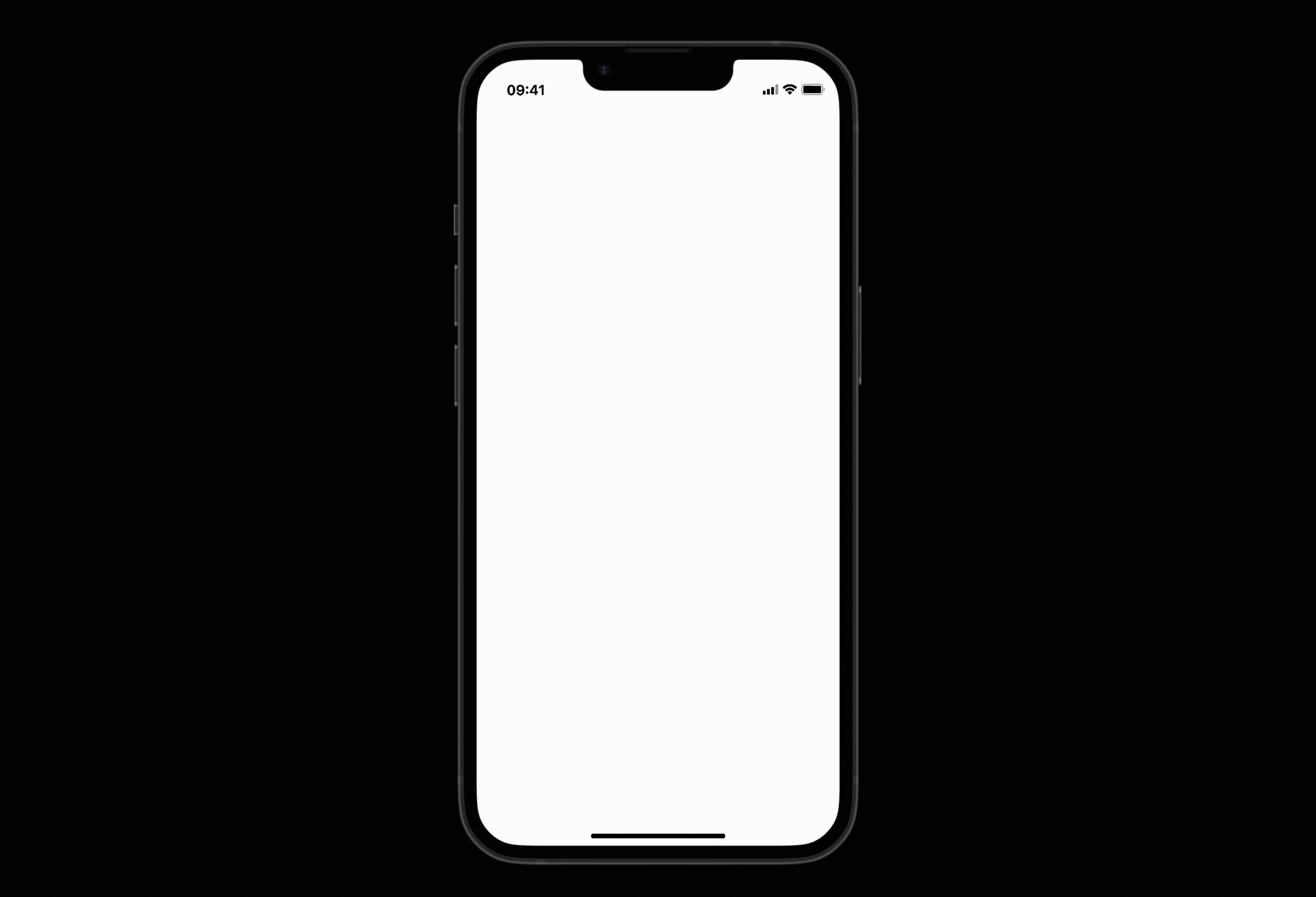Specs & Guidelines
The Geolocation module includes complete Figma specifications documenting spacing, layout rules, typography tokens, and language variants. These specs ensure consistency across platforms and allow localized versions of the UI to scale without breaking the layout.

Responsiveness & Viewport Adaptation
The Geolocation module is fully responsive and adapts seamlessly to a wide range of device sizes and aspect ratios. The layout is designed to remain consistent and predictable whether the user is on a small phone, large phone, foldable device, or tablet.
This ensures that key interactive areas, such as CTAs, remain visible, accessible, and consistently aligned across platforms.

How the layout adapts across devices
| Breakpoint | Behavior |
|---|---|
| Small phones (e.g., iPhone SE) | Content stacks vertically; map or location icon scales down for visibility |
| Standard phones (iPhone 12–16) | Full layout shown; spacing and hierarchy remain consistent |
| Tall/narrow Android devices | Vertical spacing adapts to maintain balance |
| Foldables (e.g., Pixel Fold) | Map illustration expands; centered layout with even white space |
| Tablets | Wider margins and proportional scaling of map and text |
| Desktop web | Centered content with max-width constraint and safe-area padding |
What is responsive (and customizable)
| Element | Responsive Behavior | Customizable |
|---|---|---|
| Map / Illustration | Scales with viewport; adapts to portrait/landscape | Color and style only |
| Instruction text | Reflows to one or two lines depending on width | Yes, fully localizable |
| Buttons | Width adjusts to container, spacing adapts | Color & text |
| Footer / watermark | Pinned to bottom safe area | Optional |
| Background surfaces | Expand to full viewport | Yes |
| Header area | Adjusts padding per device safe insets | Limited (color only) |
What remains fixed across breakpoints
| Element | Reason |
|---|---|
| Location detection logic | Must remain consistent for accuracy |
| Icon proportions | Maintain visual clarity and recognition |
| Minimum text size | Ensures readability & WCAG compliance |
| Minimum tap target sizes | Accessibility requirement on mobile |
| Layout hierarchy | Keeps experience consistent across devices |
Design Notes
- The location icon or map remains the visual focal point across all devices.
- Vertical spacing uses fixed-safe thresholds; horizontal layout is fluid.
- Avoid adding custom elements above or below the module to maintain alignment.
- Text reflows smoothly for localization, but long strings should be avoided for clarity.
Desktop & Tablet Guidelines
The module is fully responsive and adapts gracefully to larger viewports. The Figma file includes guidelines for layout adjustments, safe areas, proportion scaling, and interaction differences between touch and pointer-based devices.

Prototype & Transitions
Geolocation includes predefined transition rules and micro-interactions that ensure a smooth user experience. Animation guidelines are documented directly in Figma prototypes.

Localization
The Geolocation module supports full localization and is designed to adapt to languages with different lengths, line breaks, and reading patterns. The Figma file includes examples for long, short, and multi-line translations to ensure layouts remain stable across regions.

Key considerations
- Incode supports a variety of languages.
- All user-facing text is fully localizable.
- UI adjusts to prevent truncation and maintain readability.
- Spacing and vertical rhythm adapt to accommodate longer languages.
- Buttons and CTAs automatically expand to fit translated labels.
- Ensure localized strings preserve clarity and follow regulatory requirements when applicable.
Updated 11 days ago
